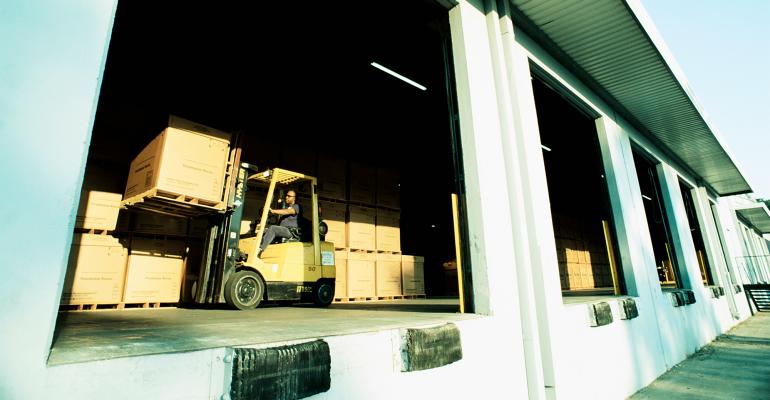Holiday sales returns are expected to show a significant spike this year. Though the final figures are still unknown with many e-commerce retailers extending their eligible returns periods through the end of January, a return logistics report from real estate services firm CBRE estimates that approximately $70.5 billion in holiday purchases will be returned in 2021. The figure represents a 73 percent increase from the previous five-year average.
A surge in e-commerce sales during the 2020 holiday season will produce a corresponding record amount of merchandise returns, notes Tray Anderson, head of the logistics and industrial services platform, Americas, for real estate services firm Cushman & Wakefield. And while returned merchandise takes a bite out of retailers’ profits, it can be a boon for industrial property owners. Returns processing is a good replacement use for class-B and obsolete industrial buildings that have been vacated by e-commerce operators and 3PLs that moved to more modern facilities, according to Anderson.
This growing logistics supply-chain activity may also be a boon for real estate investors. According to Optoro, a reverse logistics software provider, it requires up to 20 percent more space and labor capacity than forward—or outgoing—logistics uses.
Many companies currently occupying second-generation industrial space are expected to upgrade to newly constructed buildings, allowing expansion by reverse logistics tenants, notes Matt Walaszek, associate director of industrial and logistics research with CBRE. “The influx of customer and store orders means forward fulfillment is at a premium, and more forward orders means more inventory is coming back, increasing space demand, especially during the holiday season,” he says.
CBRE Econometric Advisors estimates that growth in e-commerce operations over the next five years will add 1.5 billion sq. ft. of warehouse space to the current industrial inventory. Up to 400 million sq. ft. of new industrial space will be needed to process returns.
The CBRE report notes that some omni-channel retailers are already redesigning their bricks-and-mortar stores to handle multiple forms of fulfillment and inventory control, as well as reverse logistics. This new hybrid store model includes a returns handling component to encourage customers to drop off online returns at stores. Due to the pandemic, however, e-commerce customers are more likely to ship holiday returns back to retailers this year than return them to a store or other drop-off sites.
Meanwhile, if the cost for return logistics exceeds the value of the merchandise, some retailers are now providing refunds and telling customers to keep the item, give it to a friend or donate it to charity, notes Walaszek.
“There is no doubt that reverse logistics will evolve and present opportunities for investors, as this will continue to be a challenge for retailers and an opportunity for logistics providers,” he says.
While demand for return logistics space is still not the primary driver of industrial real estate fundamentals, such as rent growth and occupancy, it still plays a significant role, according to Walaszek. “3PL companies, which retailers use for returns management, captured 27.1 percent of the transaction volume for large deals in [the third quarter] of 2020,” he notes.
Large 3PLs tenants offering reverse logistics services include XPO Logistics, Geodis, FedEx, UPS and NFI Industries, according to Walaszek. As a result, he says that key industrial developers, including Duke Realty, Exeter, and Prologis, are leasing facilities for reverse logistics use in gateway and secondary markets across the country.





